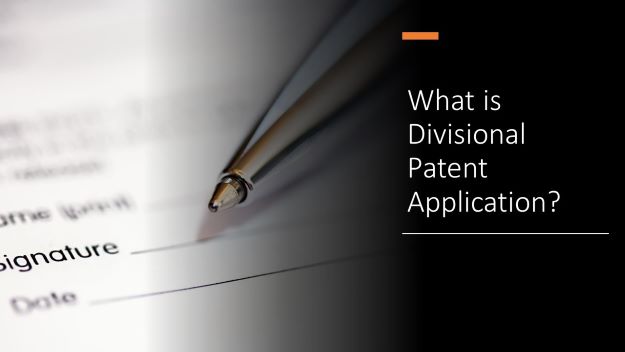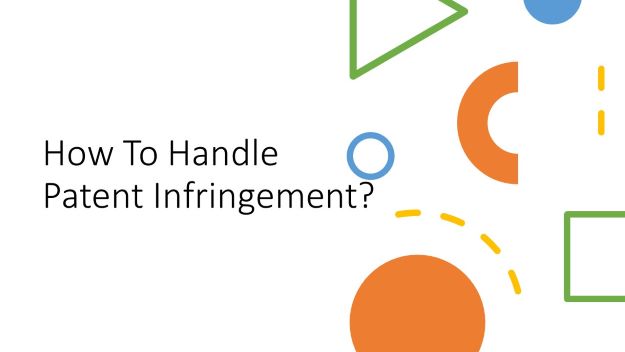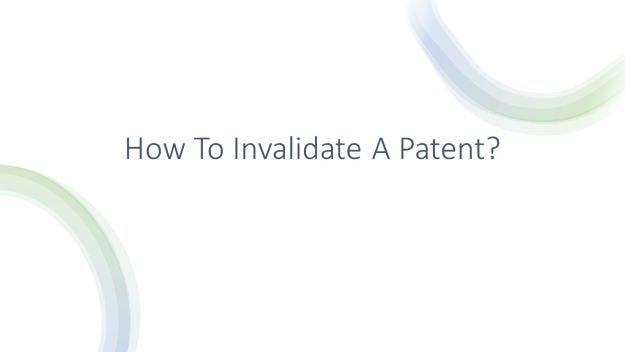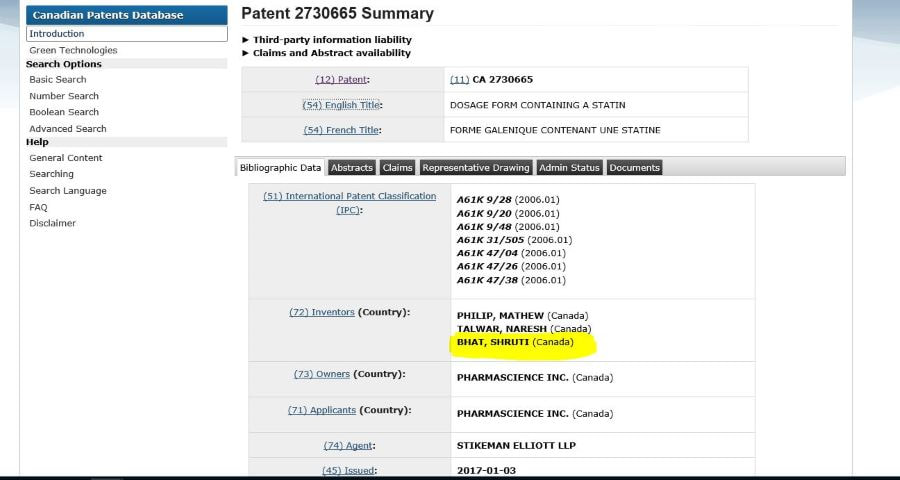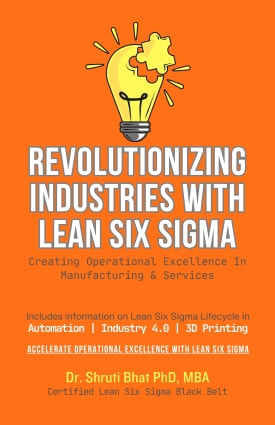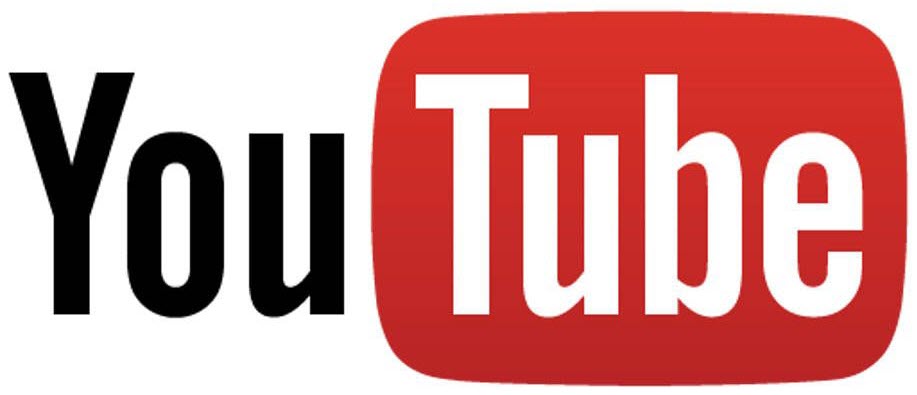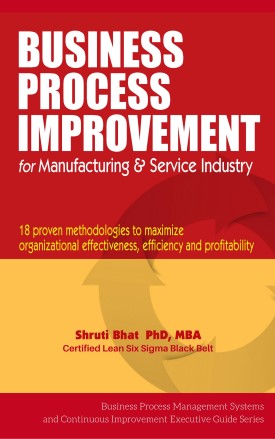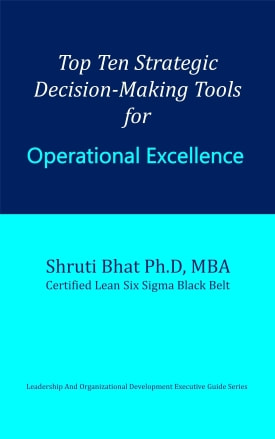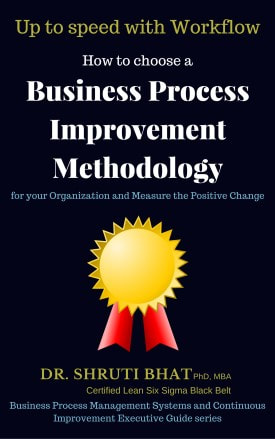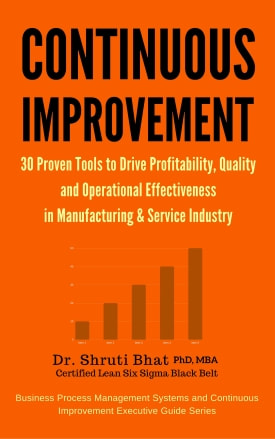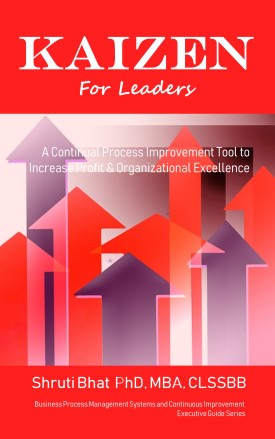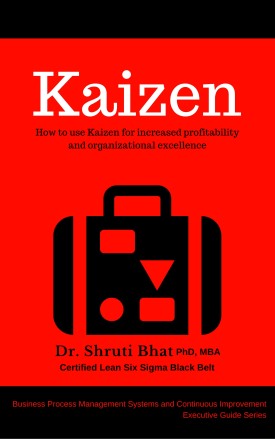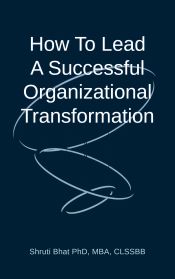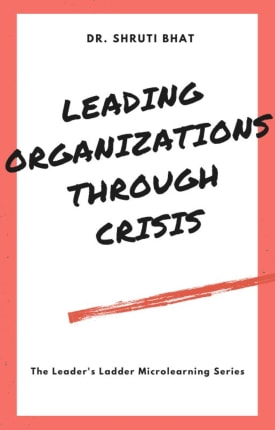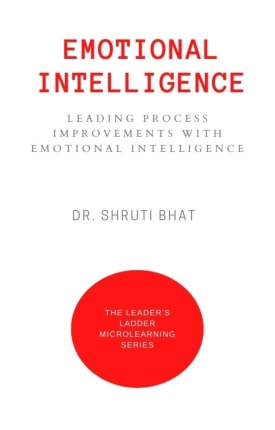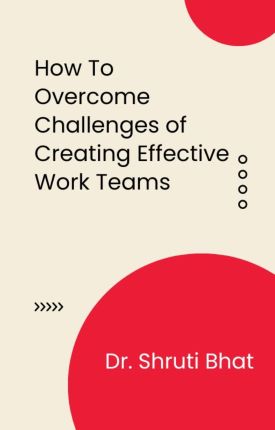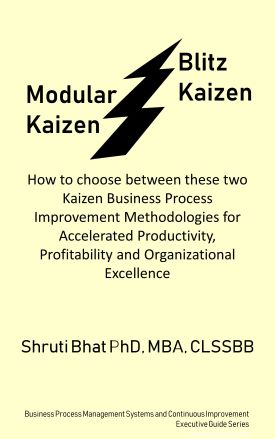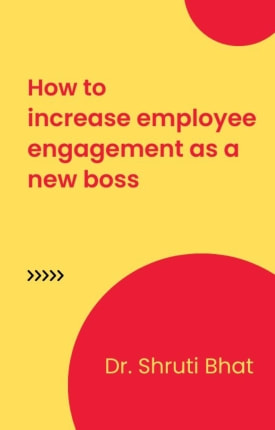In this post, I shall touch upon few different types of patents, when and how can they be filed and what benefits do they offer to a business.
What are the different types of patents?
There are several types of patents. These include Utility patents, Design patents, Plant patents, Business method patents, Divisional patents etc. Utility patents generally cover a new machine, process, or composition of matter. These patents are typically the most common types of patents and represent 90% of all patents. A good example of a utility patent is a new type of wheel that can be used on a car. In addition, these patents often cover methods of using that wheel.
Utility patents
Utility is one of the main requirements for securing a patent. An invention must provide a benefit in some way, and it must be capable of being used to achieve that benefit. Otherwise, the invention is useless.
The invention can be either an improvement on a machine or composition, or an entirely new and useful thing. In order to be eligible for a utility patent, the invention must be useful, novel, and nonobvious. To obtain a utility patent, the invention must be new and useful to an existing or future user of the product or process.
Utility patents are complex, and require technical expertise, so it's a good idea to hire an intellectual property attorney to assist applicants in filing the application.
Utility patents are important for businesses and inventors who want to protect their inventions. These types of patents grant inventors rights to their creations and teach the public how to reproduce them. To obtain a utility patent, an inventor must meet strict requirements and submit an application that follows formal guidelines i.e. patent law. The application should wherever possible, include drawings, equations, pathways etc. that demonstrate the invention's functionality, a detailed description of how it works, and enough details to reproduce the results.
Utility patents are the most common type of patents and are often the first ones people think of when they hear the word "patent." A utility patent is an excellent option if you think your invention is useful and innovative. There are five major types of utility patents, and each has a unique definition. Utility patents cover a wide range of inventions and applications, including machines, manufacturing processes, formulae and compositions of matter etc.
Utility patents are among the most valuable assets in the world and are very costly. Pursuing one can seem daunting at first, but the process can be accomplished step by step. Utility patents protect a new product, process, or machine and can grant a patent holder exclusive commercial right for up to 20 years.
Design patents
Design patents are a form of intellectual property that protects an individual's unique design from copycatters. They are more easily obtained than utility patents, but the application process is lengthy. In order to be eligible to receive a design patent, applicants must submit detailed drawings of their inventions to the patent office. The drawings should show the invention from multiple angles. In some cases, black and white photographs can be used in place of drawings if they are the only means by which the inventor can fully illustrate his or her invention. The term of a design patent is 15 years from the date of grant, and in the US design patents do not have maintenance fees.
As with utility-based patents, however, design patents should be limited to functional aspects of the design and should not impede the invention of competitors. The purpose of design patents is to protect design elements that enable the inventor to control a product's functionality. However, partial claiming should not be allowed, as it contradicts the design patent system's intended social function.
In the fashion industry, design patents often concern ornaments and applied decorations. While this is the most common instance of design patents, the term is broad enough to encompass a variety of surface designs. For example, a patent can protect the shape of a computer mouse, or a cup that uses a dragon handle.
A design patent protects the ornamental appearance of an article. The ornamental appearance may be a pattern on the front or a unique shape. This protection is not required for the actual function of the article. This makes it easier to patent and enforce, and it is particularly useful if the inventor/patent owner contracts a manufacturer to produce the item.
A design patent is a valuable piece of intellectual property. It can be used to protect a product's design, including the shape or color arrangement. It cannot protect the functionality of an item because unlike utility patents, design patents do not require the invention to be functional.
Plant patents
Plant patents are legal protections given to new varieties of plants. The 1930 Plant Patent Act made it possible for plant breeders to patent new varieties. This act excluded tuber-propagated and few other types of plants, but otherwise allowed the patenting of new plant varieties.
To be patentable, a plant must be newly discovered in a cultivated area or have a distinctive property. It must not have previously been patented, sold, or described in the public. Furthermore, the plant must have been discovered or cultivated within a predetermined geographic region. A plant patent will protect the inventor's plant invention from competitors and provide protection during a predetermined period of time.
In order to qualify for a plant patent, it must have an exceptional contribution to the plant industry. This should be evident in its commercial or performance value or benefit for the consumer. Patented varieties should also have a market that is suitable for their introduction. This could mean higher royalty rates and the need for new product development and marketing processes.
Before filing a plant patent application, you must consult with an experienced patent attorney in your area. The patent attorney you choose should be registered with the patent office. A patent application may contain introductory portions describing the inventors and claimed plant. However, it is best to consult with the patent office before filing your application.
A plant patent can protect an innovative plant variety by preventing others from using, selling, or reproducing it. In addition, a plant patent can enable the inventor to lock in higher profits during the patent period.
A plant patent must be filed within a year after the plant first became available or was first publicly known. Public knowledge of a plant is generally presumed to be first obtained by publication or internet.
Business method patents
A business method patent is a type of patent that discloses a new way to do business. These inventions can include for example, new types of banking, insurance, anti-fraud ATM machine and e-commerce. They can even involve tax compliance. In addition to new methods, business method patents can cover new ways to collect and manage taxes.
Before you can apply for a business method patent, you must write a complete description of the method you want to patent. The description must include the method or system that you are trying to protect, as well as any central control or components. The software used to perform the method should also be described in detail. Flowcharts are particularly helpful in demonstrating how the invention works. It is also helpful to include a copy of software code to demonstrate its core functionality.
A business method patent can be challenged for invalidity. Under the US patent law, a challenger has nine months to challenge the patent. In order to win, a challenger must prove that at least one of the claims in the patent does not qualify for protection and that the patent raises a novel legal question. However, the challenger cannot use this basis for review later in an infringement or declaratory judgment action.
Business method patents are a common way to protect intellectual property. While a 2010 Supreme Court case threatened the viability of business method patents, some companies rely on them heavily to protect their intellectual property. If you have a business method patent, you may be eligible for a license. There are many factors that will determine if you can license the method.
While business method patents may be challenging, they are also lucrative and can be a great source of income if one knows how to file the application correctly.
In order to obtain a business method patent, you must follow the same steps as filing a utility patent. First, you must include a detailed description of the process and its benefits. Second, you must explain why your invention is better than your competitors.
Divisional Patent Application
A divisional patent application is a patent application that contains the subject matter of a previously filed application. This previous application is called the parent application. Know more about divisional patent application here.
Applicants may file a divisional patent application for many different reasons. Some applicants seek to protect subject matter beyond the scope of the original patent claims, while others wish to protect a larger portion of their invention. Sometimes, they may amend claims to achieve a faster grant of the patent. Another common reason for filing a divisional patent application is to add protection for subject matter beyond the scope of the parent's patent claims.
An applicant may also file a divisional patent application to limit the activities of a known competitor. If the applicant has a parent patent application that contains claims directed to their own product, it can file a divisional patent application seeking protection for the features of the competitor's product. This can put the applicant in a better position to negotiate with the competitor.
The divisional application is distinct from the parent application and must be filed before the parent application issues a notice of grant.
Divisional patent applications cover all aspects of an invention. If the parent patent application is a PCT application, then countries designated in the parent patent application must also be designated in the divisional patent application. However, the divisional patent application should not be filed if the parent patent application does not contain these (country) designations.
Another reason to file a divisional patent application is to protect multiple inventions. In some cases, the patent examiner may rule that one application is eligible for more than one invention. In such a case, the patent office may issue a restriction requirement in order to avoid multiple applications for the same product. The parent application must only contain one invention, and if there are several inventions, the divisional patent application should focus on all the inventions of the original patent.
Knowing the different types of patents, when and how must they be filed is critical not only for protecting the invention, but also for business expansion and growth. Therefore, designing the right patent strategy is key to effective business transformation / business turnaround.
Disclaimer: The content given on this blog is for educational purpose and not legal advise. Never self-handle patent suits. Always consult a registered patent attorney for any advice on patent matters.
Related Reading:
- Top Ten Strategic Decision-Making Tools for Operational Excellence
- How to cut costs strategically using Kaizen
- Top 30 Continuous Improvement Tools
- Top 10 Change Management models
Follow Shruti on Twitter, Facebook, YouTube, LinkedIn
Categories: Patents
Keywords and Tags:
#BusinessTurnaround #OpEx #operationalexcellence #patents #divisionalpatents #utilitypatents #plantpatents #businessmethodpatents #designpatents #businesstransformation


